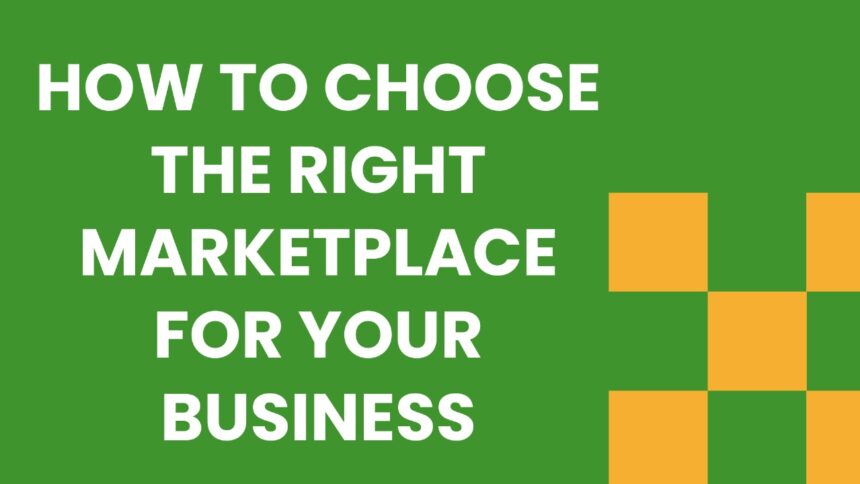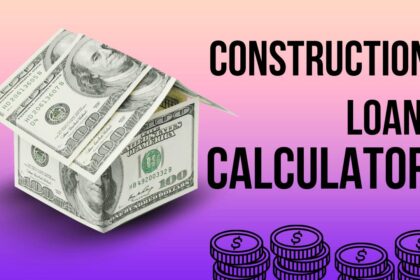If you are a business owner or an entrepreneur looking to expand online, one of the most critical decisions you’ll face is how to choose the right marketplace for your business. Picking the wrong online marketplace can cost you time, money, and potential customers, while the right choice can boost sales, increase brand visibility, and simplify operations.
- Why Choosing the Right Marketplace Matters
- Step 1: Identify Your Business Needs
- Step 2: Conduct Marketplace Comparison
- Step 3: Evaluate Marketplace Selection Criteria
- Step 4: Test and Validate Your Choice
- Step 5: Factor in Long Term Growth and Support
- Additional Tips for Marketplace Success
- FAQs
- Q: What is the best way to choose a marketplace for my business?
- Q: How do I compare different online marketplaces effectively?
- Q: Can I sell on multiple marketplaces at the same time?
- Q: Are fees the most important factor when selecting a marketplace?
- Q: How long should I test a marketplace before fully committing?
Over the years, I’ve tried several platforms for my own business, and I can confidently say that understanding the marketplace landscape and evaluating your business needs is the key to long term success.
In this guide, I’ll share everything you need to know about business marketplace selection, marketplace platform evaluation, and practical tips to make the right marketplace choice for your business. By the end, you’ll be equipped to confidently select the right marketplace and avoid costly mistakes.
Why Choosing the Right Marketplace Matters
Choosing a marketplace is not just about listing your products somewhere online. It’s about positioning your business for growth. A thoughtful business marketplace strategy ensures that your products reach the right audience, at the right time, and in the most cost effective way.
For example, when I first started selling handmade home decor items, I jumped onto a major marketplace without doing proper research. Sales were disappointing, and I realized I had overlooked critical business marketplace criteria such as target audience alignment and fees.
Once I shifted to a platform that matched my niche, my monthly revenue doubled in three months. That experience taught me the value of marketplace vendor selection and online marketplace comparison before making a decision.
Key benefits of choosing the right marketplace include:
- Reach a wider customer base without spending heavily on marketing
- Streamlined operations and fulfillment processes
- Ability to leverage marketplace business benefits, including trust and reputation
- Opportunity to scale without investing in a full fledged e-commerce store
Step 1: Identify Your Business Needs
Before you can choose an online marketplace, you need a clear understanding of your business goals and product type. Ask yourself:
- What type of products or services am I selling? Physical, digital, or handmade?
- Who are my ideal customers, and which platforms do they prefer for shopping?
- What is my budget for listing fees, subscription costs, and marketing?
Answering these questions forms the foundation for business platform selection. For instance, if you sell digital goods, platforms optimized for digital downloads will serve you better than general marketplaces.
Step 2: Conduct Marketplace Comparison
Once you know your business needs, it’s time for online marketplace comparison. Consider factors such as:
- Fees and commissions: Look at upfront listing fees, transaction percentages, and hidden costs. A marketplace fee comparison can save you hundreds or thousands of dollars per year.
- Audience demographics: Ensure the platform’s users match your target customers.
- Ease of use and features: Some marketplaces provide advanced analytics, inventory management, and promotional tools.
- Support and policies: Understand return policies, dispute resolution, and customer service quality.
Creating a comparison table can make the marketplace evaluation process easier. For example:
| Marketplace | Best For | Fees | Pros | Cons |
| Amazon | General products | % of sale | Large audience | High competition |
| Etsy | Handmade/digital | Listing + commission | Niche audience | Smaller traffic |
| Shopify | Custom store | Monthly fee | Full control | No built in traffic |
Step 3: Evaluate Marketplace Selection Criteria
When assessing a marketplace platform, take into account both measurable metrics and qualitative aspects:
- Business marketplace criteria: Fees, commissions, traffic, and growth potential.
- Business marketplace options: Availability of promotions, customer loyalty programs, and marketing tools.
- Right marketplace choice: Alignment with your product, audience, and business goals.
- Business platform selection: Integration with existing systems like inventory and accounting.
An effective marketplace selection guide will prioritize these criteria and help you avoid pitfalls.
Step 4: Test and Validate Your Choice
Even after careful evaluation, it’s wise to test your chosen marketplace before fully committing. Consider starting with a limited product range or running a small advertising campaign to gauge response.
When I decided to choose a business marketplace for my online jewelry line, I listed a few bestsellers on two different platforms. One generated 70% more results than the other in just a single month. This experiment saved me from investing heavily in the wrong platform.
Testing allows you to refine your marketplace business strategy and optimize for higher sales.
Step 5: Factor in Long Term Growth and Support
A marketplace should not only serve your current needs but also support future growth. Key aspects include:
- Marketplace business benefits: Access to analytics, advertising, and customer engagement tools
- Community and vendor support: Access to forums, tutorials, and seller networks.
- Scalability: Ability to handle increased inventory and traffic without technical bottlenecks
By considering long term growth, you ensure your business marketplace decision is sustainable and profitable.
Additional Tips for Marketplace Success
Here are some practical tips for ensuring success on your chosen platform:
- Diversify cautiously: Explore multiple marketplaces, but be careful not to overextend your efforts.
- Optimize listings: High quality images, engaging descriptions, and SEO friendly titles.
- Engage your audience: Respond to customer questions and reviews promptly.
- Monitor fees and performance: Use analytics to track profitability and adjust strategy.
These strategies strengthen your marketplace vendor selection and maximize returns.
FAQs
Q: What is the best way to choose a marketplace for my business?
A: Identify your product type, target audience, budget, and growth goals. Conduct a marketplace comparison and evaluate platforms using business marketplace criteria. Test before fully committing.
Q: How do I compare different online marketplaces effectively?
A: Create a table of features including fees, audience demographics, support, and tools. This online marketplace comparison helps in the marketplace evaluation process.
Q: Can I sell on multiple marketplaces at the same time?
A: Yes, but ensure you can manage inventory and customer service efficiently. Start with one or two platforms and scale gradually.
Q: Are fees the most important factor when selecting a marketplace?
A: Fees are important, but audience alignment, platform features, and long term growth potential are equally critical. Balance cost with opportunity.
Q: How long should I test a marketplace before fully committing?
A: Typically 1 to 3 months with a small product range or limited marketing. Use data to refine your business marketplace strategy before scaling.









